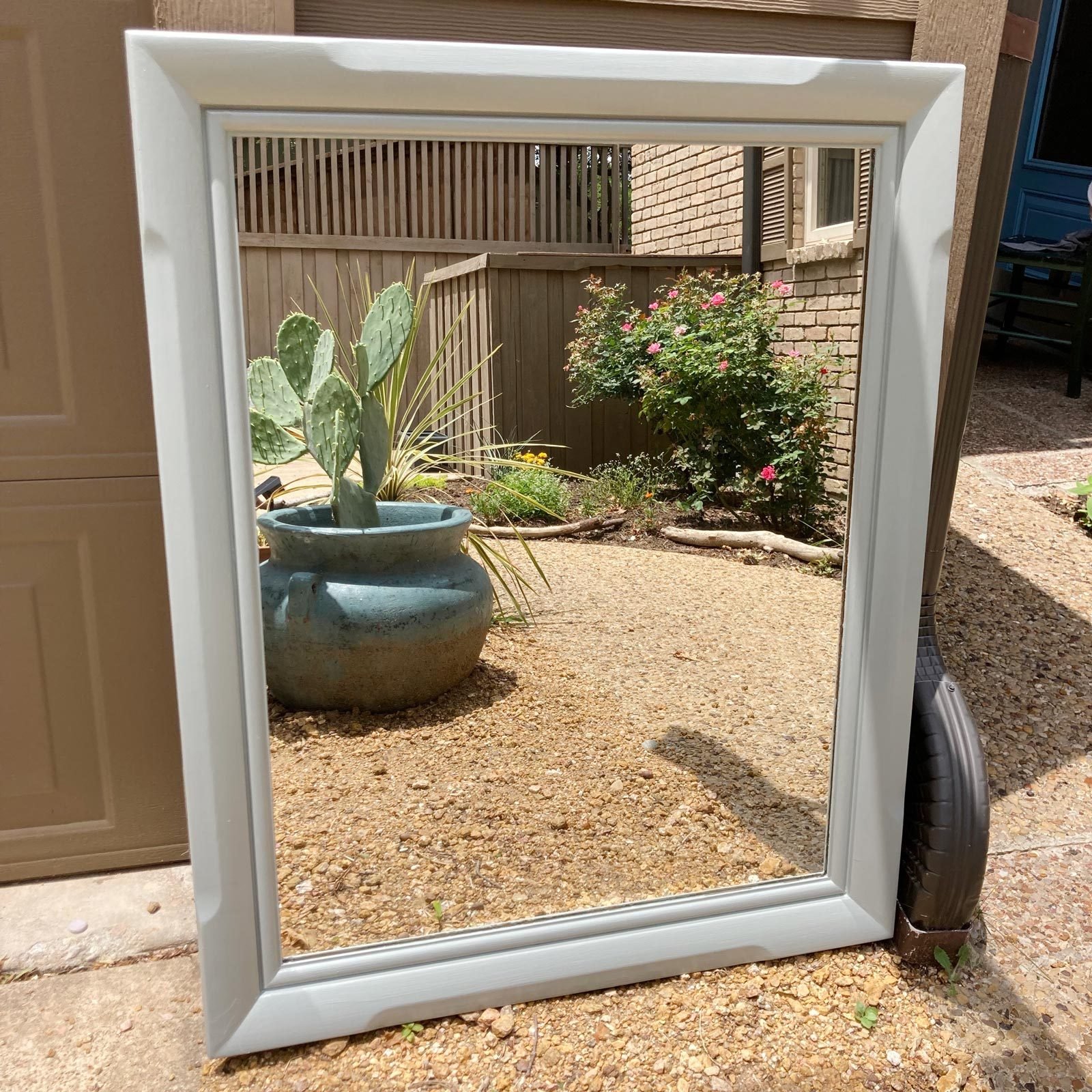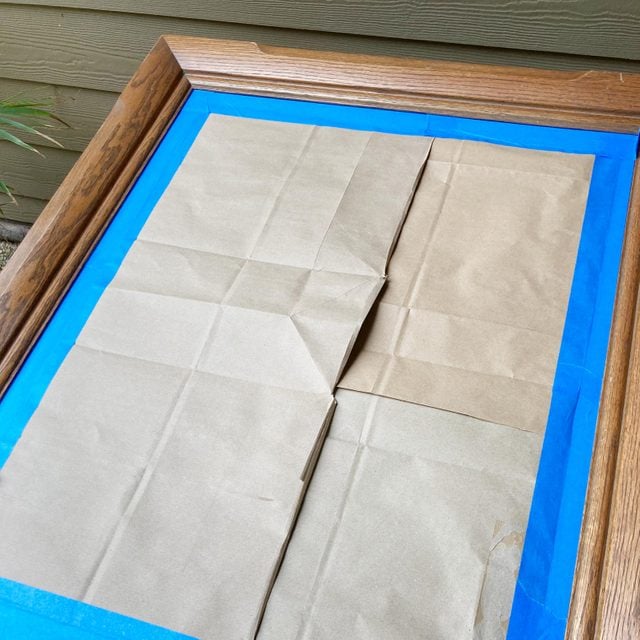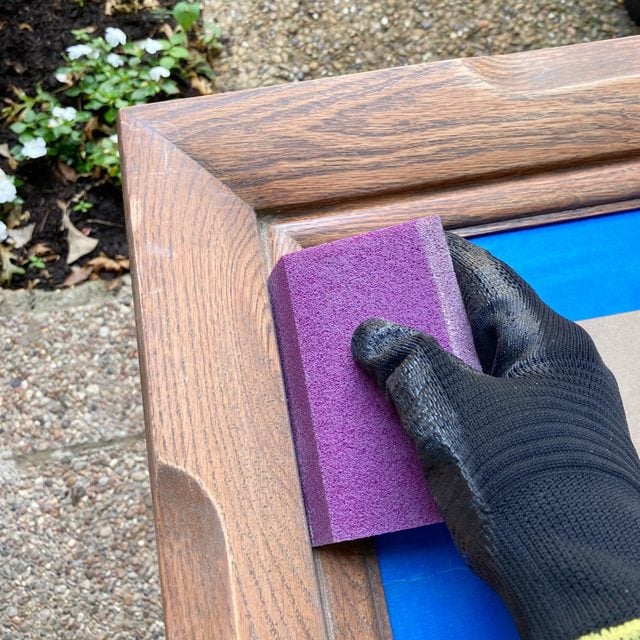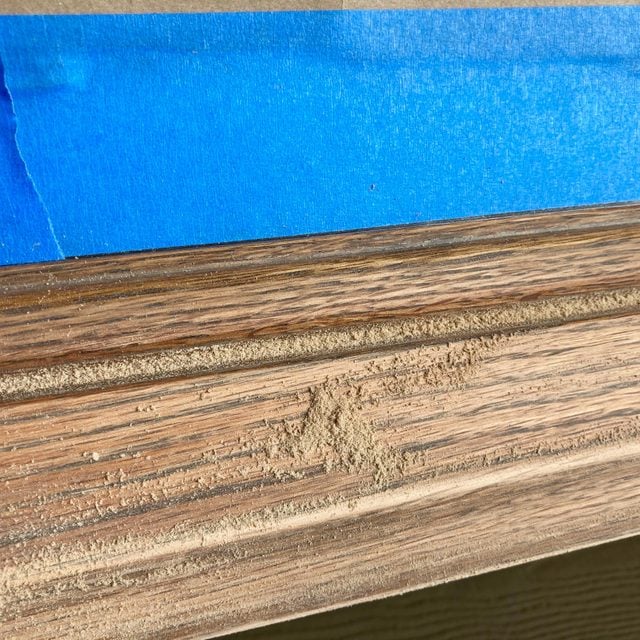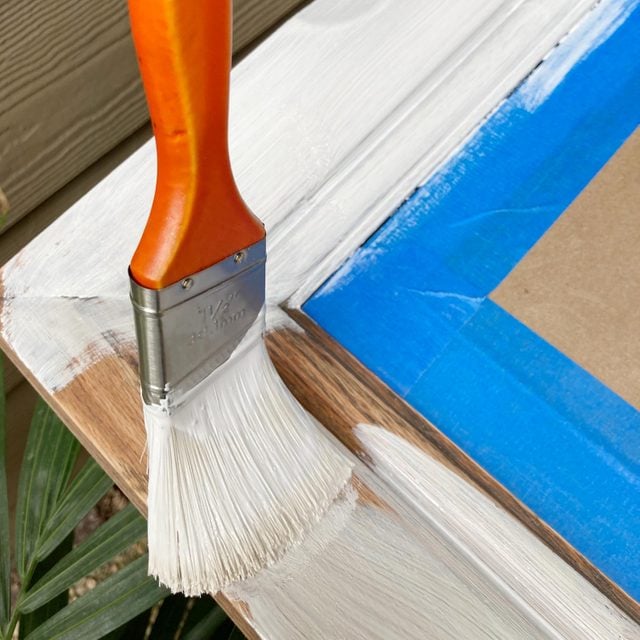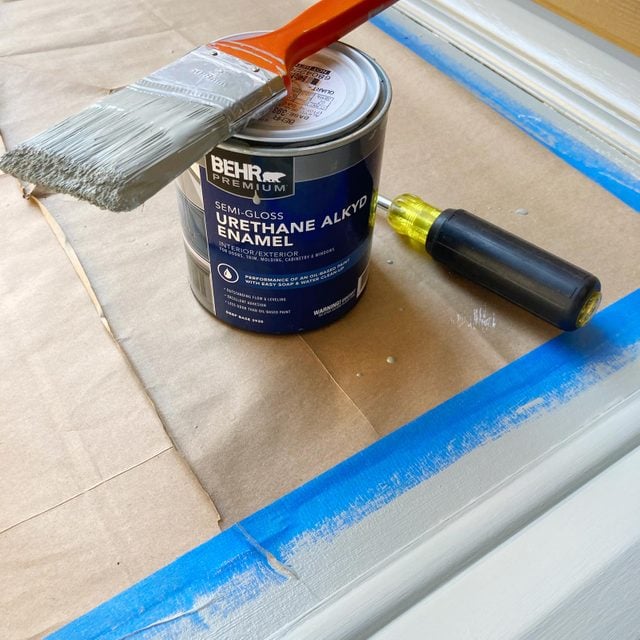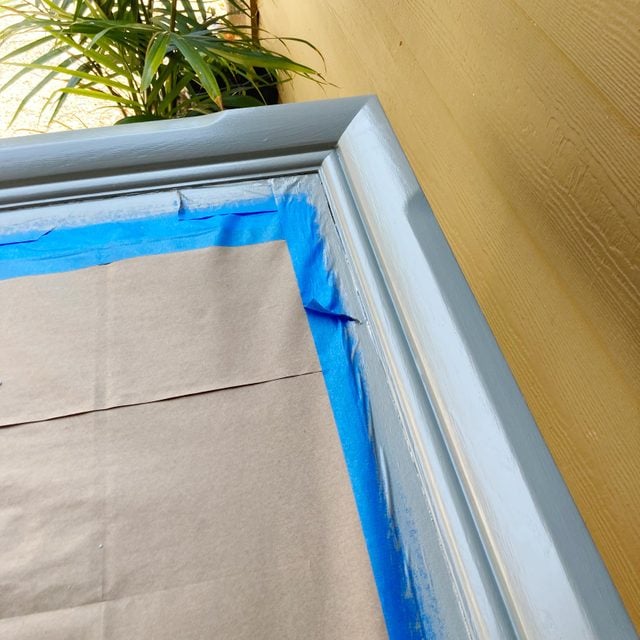Introduction
I don't like getting rid of anything functional and attractive, especially if it just needs a little TLC. This mirror is solid as a rock and the glass is in great shape. It's a perfect candidate for a beginner-level sanding and painting job, and the straightforward design will make both tasks a breeze.
Keep your eyes peeled for easy projects like this when you're at garage sales or thrift stores. In a few hours (spread out over three days), and for around $100 (less if you already have tools), you can brighten a dated mirror.
I'm painting my old varnished frame a light sage green. You choose whatever color makes you happy, with your preferred sheen. Just make sure to prepare the wood for the paint using the steps below. I'm going with a semigloss hybrid paint that combines the durability of oil-based paint with easy soap-and-water cleanup.
Let's get started.
Materials Required
- Dish soap
- Newspapers or grocery bags
- Paint
- Primer



















